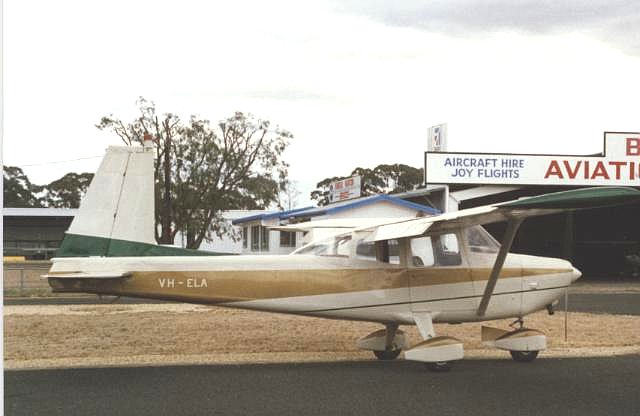DMD3.
Pre-takeoff checklist
As a 6’3” pilot who has logged around 50 hours in Cessna 150, and I’ve come to the conclusion that I don’t want to own one as the cockpit is just too small and uncomfortable, even when flying solo. Of course there are aircraft with even small cockpits. My dad co-owned a Luscombe 8E that I would ride in when I was growing up, and if you REALLY want an ungodly cockpit, you can ride in a Taylorcraft.
Piper Cherokees tend to be priced lower than later model Warriors/Archers and Skyhawks, and as I’d spend most of my time flying solo (with occasionally 1 passenger), I may remove the backseats for extra baggage space. Essentially, it would be a glorified 2-seater. Nevertheless, I have to ask about the Tomahawk, Beech Skipper, and the Grumman AA1. I’ve read that they are more spacious than the C150, but how do they compare to the head&leg room of the 4-seater Cherokee? I understand that while the AA1 can cruise about as fast as the Cherokee 140/150, it’s essentially a 1-seater aircraft if you top the fuel tanks.
While the ‘glorified 2-seater’ route would probably be best, as the fuel capacity is far greater for x-country flights, I’d still consider one of these 2-seaters if I thought it’d be easier on the wallet, not just in purchase price but maintenance and insurance as well (Cherokees are more plentiful and priced not much higher than some of the 2-seaters).
Edit: I should mention that as a VFR pilot with no plans to get instrument rated, I can live with an antique, 6-pack panel. I‘m also aware of 2-seat Vans RVs, such as the 6,7, or 9. I would LOVE to own an RV, but as I don’t have any mechanical knowledge, it wouldn’t be a good idea to buy one unless there was a Vans guru near my area, especially as a first-time aircraft owner.
Piper Cherokees tend to be priced lower than later model Warriors/Archers and Skyhawks, and as I’d spend most of my time flying solo (with occasionally 1 passenger), I may remove the backseats for extra baggage space. Essentially, it would be a glorified 2-seater. Nevertheless, I have to ask about the Tomahawk, Beech Skipper, and the Grumman AA1. I’ve read that they are more spacious than the C150, but how do they compare to the head&leg room of the 4-seater Cherokee? I understand that while the AA1 can cruise about as fast as the Cherokee 140/150, it’s essentially a 1-seater aircraft if you top the fuel tanks.
While the ‘glorified 2-seater’ route would probably be best, as the fuel capacity is far greater for x-country flights, I’d still consider one of these 2-seaters if I thought it’d be easier on the wallet, not just in purchase price but maintenance and insurance as well (Cherokees are more plentiful and priced not much higher than some of the 2-seaters).
Edit: I should mention that as a VFR pilot with no plans to get instrument rated, I can live with an antique, 6-pack panel. I‘m also aware of 2-seat Vans RVs, such as the 6,7, or 9. I would LOVE to own an RV, but as I don’t have any mechanical knowledge, it wouldn’t be a good idea to buy one unless there was a Vans guru near my area, especially as a first-time aircraft owner.

